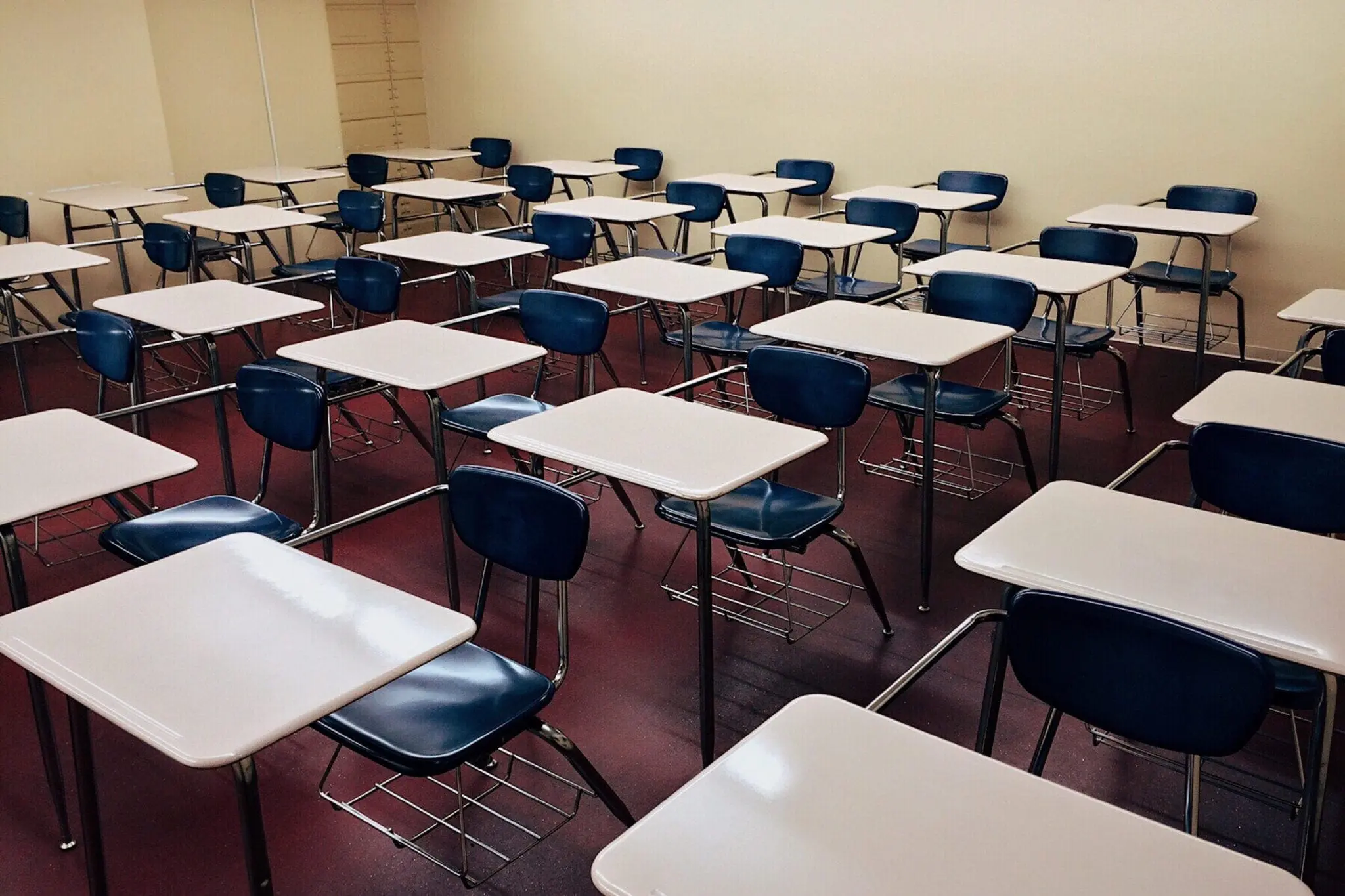Late last year, Illinois grabbed national headlines when an exposé revealed the widespread, unlawful seclusion of students by school employees across the state. Under Illinois law, school employees can detain students in an isolated space only when they threaten their own or others’ safety. However, district records revealed that employees routinely secluded students as young as five for reasons other than safety—in many cases, for convenience or as punishment. Parents received few details on these incidents, and were often left wondering why their child was secluded and for how long. Accurate, transparent data on seclusion practices could have shed light on this issue years earlier; instead, Illinois families and state officials alike were kept in the dark to the mistreatment their students faced at school.
This investigation highlighted the challenges of getting comprehensive data on restraint and seclusion in schools. Because Illinois does not collect restraint or seclusion data from districts, incident reports remain at the local level. Illinois is not unique in this regard; nationally, just 21 states have laws requiring the state education agency (SEA) to collect restraint and seclusion data from districts.
Accurate data on restraint and seclusion provides educators, families, and advocates with the full picture of how these practices impact specific student groups and aids policymakers in decisions about their use. States can take steps to improve data on restraint and seclusion by:
- Collecting restraint and seclusion data directly from their districts. States are uniquely positioned to look across districts and identify statewide trends and needs. As such, state leaders should ensure they have the data on restraint and seclusion they need to understand the application of these practices and take action as needed. Of the 21 states that collect this data, just nine require districts to break down data by student characteristics like ability, race, or gender. However, a handful of states are exploring ways to ensure access to detailed information on restraint and seclusion in their districts. Following revelations of widespread unlawful seclusion, Illinois announced plans to collect all school records of restraint and seclusion dating back to 2016 and moving forward. This year, Oregon became the first state to require districts to meet discipline reporting requirements in order to receive state funding. Other states, such as California, have integrated these data points into their statewide longitudinal data systems.
- Assisting districts in submitting this data to the Civil Rights Data Collection (CRDC). The Department of Education tracks restraint and seclusion through CRDC; however, many advocates have voiced concerns that underreporting is chronic and widespread. As a part of their initiative to address the inappropriate use of restraint or seclusion to protect students with disabilities, the Office of Civil Rights is working directly with districts to review and improve restraint and seclusion data submitted through the CRDC. States can help ensure CRDC data is timely, complete, and accurate by partnering with their districts to submit the data or submitting the CRDC data directly so that districts do not have to report the same information to both the state and federal governments.
- Publicly reporting restraint and seclusion data. States can promote transparency around restraint and seclusion practices by including this data on their annual report cards. In 2019, just 26 states included any type of discipline data on their report cards. This data provides parents with context to understand how discipline practices affect student learning, and enables them to advocate for their children’s wellbeing.
By ensuring the accurate reporting of restraint and seclusion data, states can provide those closest to students with accurate and readily available information on restraint and seclusion practices, and ensure that all students are safe at school.
This blog post is also available as a story on Medium.


